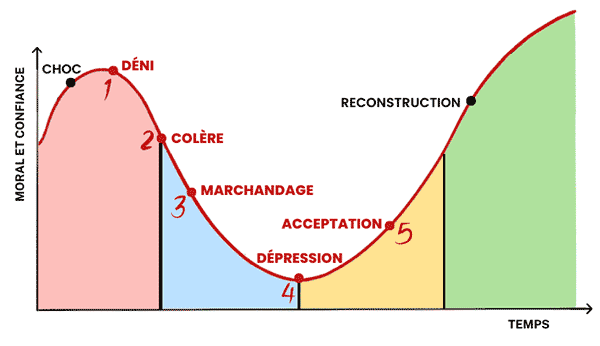When we talk about climate change, we immediately think of the warming of the atmosphere. But +1.5, +2 or +3 ° C, what can it do if you are less cold in winter? What to do against global warming and what are its consequences on our beautiful planet?
To address the consequences of global warming on Earth, we must first understand from which reference we start.
The starting point, when we talk about temperature rise, is the pre-industrial era, namely the years 1850-1900. The average temperature of the Earth’s atmosphere increased by one degree compared to this period. In France, we are even a little beyond a degree.
+1.5 and +2 ° C, where does it come from?
So where do these temperatures of +1.5 or +2 ° C that we hear about all the time come from? These maximum warming targets come from the famous “Paris Agreements” adopted at the climate conference (COP21) in December 2015
The governments of 190 countries around the world then pledged to limit thetemperature increase at + 2 ° C compared to the temperatures of the pre-industrial era.

COP1, the first edition of the climate conference, was organized in Berlin in 1995. For the entry into force of this agreement, participating countries are committed to addressing CO2 emissions into the atmosphere and preserving the planet for future generations
Then there was the protocol of Kyoto in 1997, during which 37 industrialized countries embarked on a process of reducing greenhouse gas emissions in order to limit global warming. No effect ! Then the convention of Copenhagen in 2009 (COP15) and that of Paris in 2015 (COP21) did not produce more visible results.
What has happened since? The amount of CO2 (carbon dioxide) in the atmosphere has never stopped rising without experiencing the slightest inflection.
What to do against global warming?
If the atmosphere warms, we will certainly get hotter and hotter. It’s logic. But the increase in the temperature of the atmosphere will also have an impact on theintensity and frequency of heat waves, what we call heatwaves.
Global warming will be even higher in France because the temperature is higher on the continents than on the oceans. For example, a warming of + 3 ° C would then be equivalent to the effects of the 2003 heatwave, every other summer.
In Europe, the warming observed over a period of 18 years (1990-2008) corresponds to a northward displacement of 250 km. In other words, in 2008, from a given point it was necessary to move 250 km north to find temperatures equivalent to those measured 18 years earlier.
Biodiversity and global warming
The consequences of the warming of the atmosphere will therefore not only affect human beings. The warming of the atmosphere will initially have major consequences on the water cycle and biodiversity.
Biodiversity is species and their natural environment : the soils will be less nourishing, the vegetation will have difficulty adapting and the fauna will be forced to move north in search of suitable habitat.
A degradation of biodiversity will affect our ability to cultivate the land and, more generally, to feed ourselves.
The warming of the atmosphere can also promote proliferation of harmful species and even lead certain mosquitoes, vectors of diseases, to appear in Europe. Watch how quickly the tiger mosquito, native to Southeast Asia, has conquered the whole of France over the past 20 years …
Read also:
2 ° C, what does that change for the planet?
A little greenhouse cocktail?
The tree will fall (deforestation is in full swing)
The oceans are heating up, so what?
With +1 ° C compared to the pre-industrial era, we are only beginning to feel the effects of the warming atmosphere.
Each degree counts then if you want to act but you do not know how to do it, I will explain it to you in this article entitled 3 simple steps to act for the planet at its level.
Together, we can act now by sharing knowledge to be more impactful.













